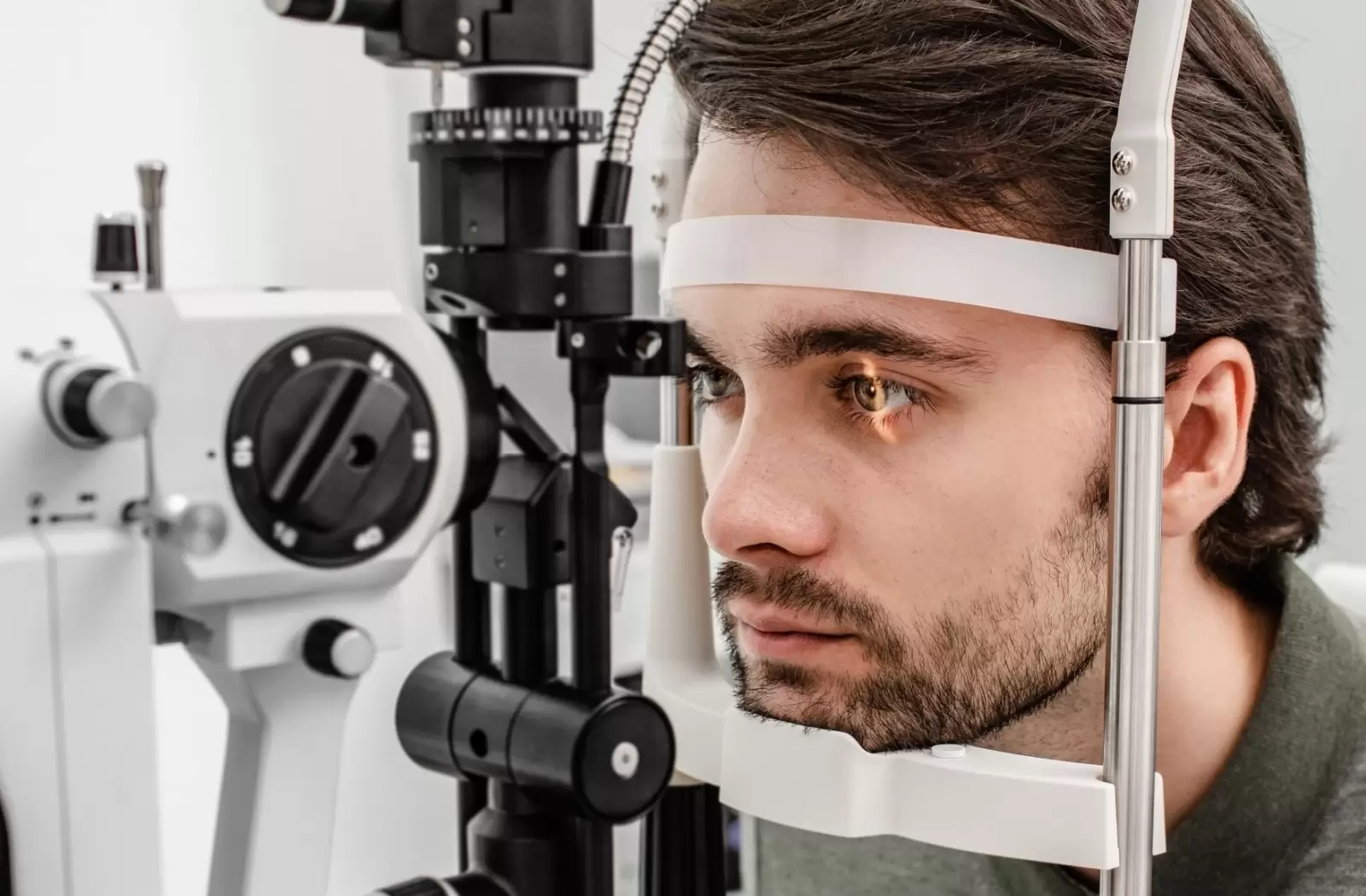
Myopic astigmatism is a type of astigmatism. Visual defects known as myopia, hyperopia, astigmatism, and presbyopia can occur in anyone, regardless of age or gender.
The image that reaches the retina through the refraction of light is transmitted to the brain through the optic nerves and interpreted, thus completing the vision process. Eye diseases are caused by problems in any of these stages. Refractive defects are also a type of vision problem. Refractive errors that make it difficult to see clearly are caused by problems in the pupil or cornea.
There are four most common refractive errors. Myopia and hypermetropia are the most famous. Apart from these, there is also astigmatism and presbyopia. Briefly, myopia is defined as poor distance vision, hypermetropia is defined as poor near vision, astigmatism is defined as blurred vision, and presbyopia is defined as age-related near vision difficulty. When you go for an eye exam, you may be diagnosed with only myopia, only astigmatism, or both.
Astigmatism is a vision defect characterized by the improper refraction of light due to the irregular shape of the cornea or pupil of the eye. Normally, the cornea and pupil should be round so that light rays are focused at one point in the eye, the retina. However, in eyes with astigmatism, the cornea or pupil is oval or irregular in shape, which causes light to refract differently in different directions and create multiple focal points on the retina.
Astigmatism can sometimes be seen together with myopia. This condition is called myopic astigmatism.
There are two types of myopic astigmatism:
1. Simple Myopic Astigmatism
Simple myopic astigmatism is a state of myopia in one meridian of the eye and normal vision in the other meridian. In this type, only one meridian (refraction line) is not properly focused, which causes objects to appear blurry.
2. Complex Myopic Astigmatism
Compound myopic astigmatism is characterized by the presence of myopia in both meridians of the eye. In this case, both meridians refract light to different degrees, creating two separate focal points on the retina. As a result, the image becomes blurred and distorted both at near and far distances.
The causes of myopic astigmatism can be different, and they are usually related to the structure of the eye and hereditary factors:
1. Hereditary Factors: In most cases, myopic astigmatism is hereditary. If parents and close relatives have this problem, children are more likely to develop it.
2. Abnormal Shape of the Eye: An irregular shape of the cornea or pupil of the eye prevents the proper refraction of light. This deformity can be congenital or acquired later.
3. Eye Traumas and Surgery: Eye traumas or certain surgeries can change the shape of the cornea, which can cause myopic astigmatism.
4. Local Inflammations: Inflammatory diseases of the eye can also change the shape of the cornea and cause astigmatism.
Symptoms of myopic astigmatism are varied and affect how the eye works:
1. Blurred Vision: They see distant objects blurry. Also, they cannot correctly perceive the shapes of objects.
2. Eye Fatigue: Eyes get tired as they continuously try to see the blurry and unstable image clearly.
3. Headaches: Continuous blurred vision and eye strain can cause headaches.
4. Vision Weakness: Vision gets worse especially in the evening or in low light conditions.
5. Altered Shape of Objects: People with myopic astigmatism see objects as crooked or wavy. This applies to both near and far objects.
People with myopic astigmatism have blurred vision. Therefore, many people squint to see clearly, which can lead to eye strain or headaches. Children often don't realize their vision is blurry until they start school. However, children who have difficulty reading the board are taken for an eye examination.
Myopic astigmatism can be treated in a variety of ways, and these methods vary depending on the individual's condition:
1. Optical Eyeglasses: Special prescription glasses are used for myopic astigmatism. These glasses are designed to correct both myopia and astigmatism.
2. Contact Lenses: Toric contact lenses are used to correct myopic astigmatism. These lenses adapt to the shape of the eye and refract light correctly to create a clear image on the retina.
3. Laser Surgery: Excimer laser surgery techniques such as LASIK or PRK can correct myopic astigmatism by reshaping the cornea. Each of these methods has different advantages and it is important to choose in consultation with your doctor
2024-07-17
2024-02-14
2024-02-14
2024-06-12
2024-06-13
2024-06-13
2024-06-14
2024-06-14
2024-06-14
2024-06-14
2024-06-14
2024-06-14
2024-06-14
2024-07-31
2024-07-31
2024-07-31
2024-07-31
2024-08-09
2024-08-12
2024-08-28
2024-09-05
2024-09-06
2024-09-14
2024-09-19
2024-09-19
2024-10-01
2024-10-02
2024-10-07
2024-10-21
2024-10-23
2024-10-29
2024-11-12
2024-11-18
2024-11-21
2024-11-26
2024-11-28
2024-12-03
2024-12-06
2024-12-10